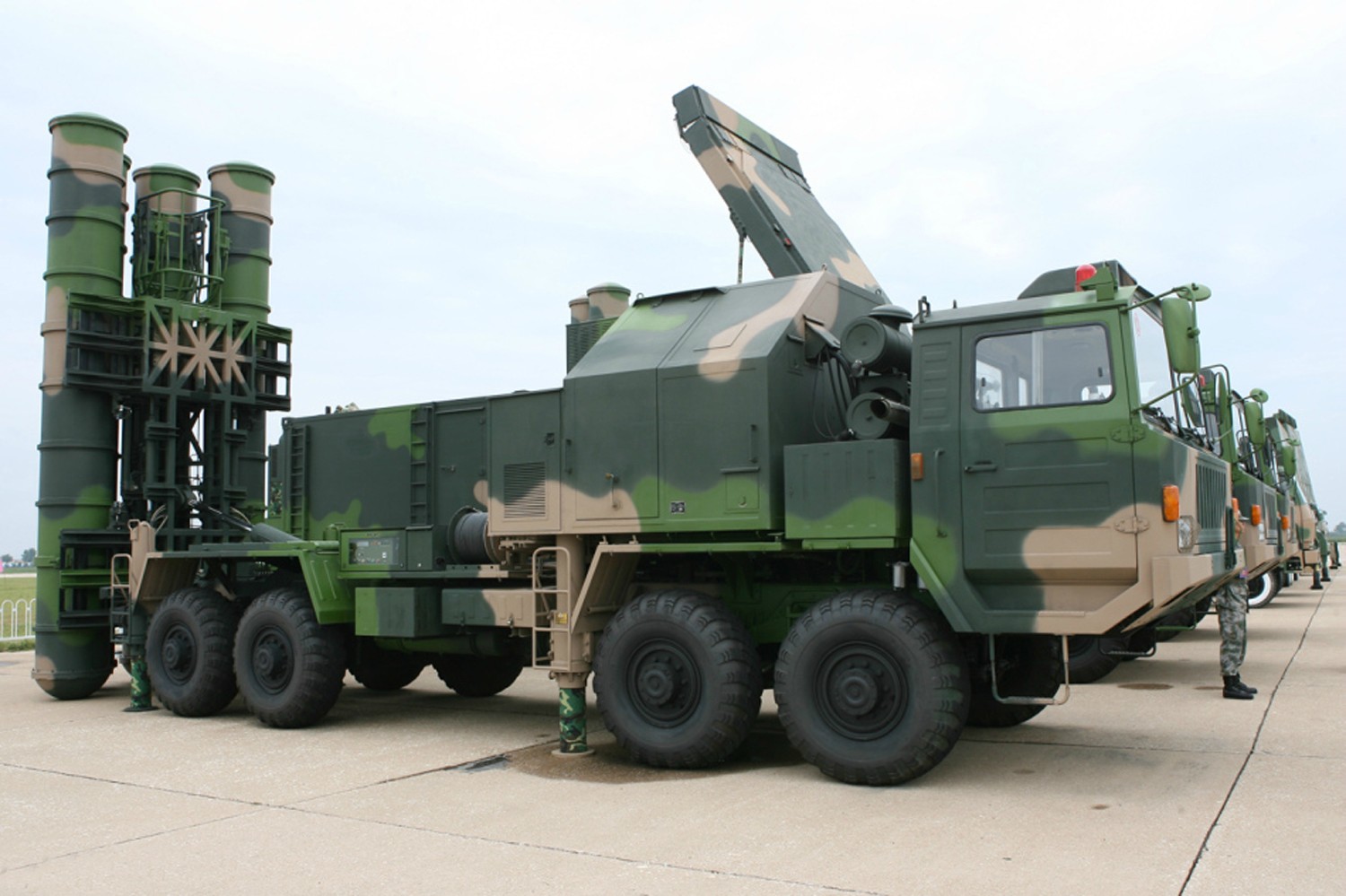
China’s FD-2000 missile defense system beat out competitors Raytheon’s Patriot, the Russian S-400 and the French-Italian Eurosam Samp-T to win the Turkish contract last week.
Defenseworld.net takes a look at how each missile defense system vary from each other.
Developed by the China National Precision Machinery Import and Export Corporation (CPMIEC), the FD-2000 made its first public appearance at the Africa Aerospace and Defence Exhibition in 2009.
The missile is capable of intercepting precision-guided weapons as well as UAVs, helicopters and fighter aircraft.
Its anti-radiation variant, the FT-2000, is currently undergoing completion. Its naval version, the HQ-9, is based on the Russian S300-V.
Developed by Almaz Central Design Bureau of Russia, the S-400 is an upgraded version of the S-300 series of surface-to-air missile systems.
“The system can engage all types of aerial targets including aircraft, unmanned aerial vehicles (UAV), and ballistic and cruise missiles within the range of 400km, at an altitude of up to 30km,” according to the company website.
Twice as effective as its predecessors, the S-400 can be deployed within five minutes and can also be assimilate into existing and future air defence units of all three forces.
The Russian missile is also capable of destroying airborne targets within the range of 250km.
The French SAMP/T, jointly developed by MBDA, Alenia and Thales, is a theatre antimissile system designed to protect the battlefield and sensitive tactical sites (such as airports and sea ports) against all current and future airborne threats, including cruise missiles, manned and unmanned aircraft and tactical ballistic missiles in the 600 km range class, according to the Thales website.
The system comprises a fire control system based on the ARABEL multi-function electronic scanning radar and a Vertical Ground Launcher mounted on Italian Astra/iveco and French Renault-KERAX 8×8 trucks and capable of firing eight missile in rapid sequence.
It is also the only non-American long-range defense system in the NATO Alliance ballistic threat capability.
Raytheon calls its Patriot missiles “the world’s most advanced air and missile defense system” with over “200 fire units fielded worldwide.”
The Patriot is a long-range, high-altitude, all-weather system and the systems integrator for the PAC-3 missile.
All Patriot system components provide the warfighter a reliable and lethal capability to defeat advanced threats, including aircraft, tactical ballistic missiles, cruise missiles and UAVs in current and future operational combat environments, according to the company.
It also uses an advanced aerial interceptor missile, high performance radar systems and is resistant to countermeasures, including electronic countermeasures (ECM) radar jamming.
The Patriot was designed to quickly jump between frequencies to resist jamming.
